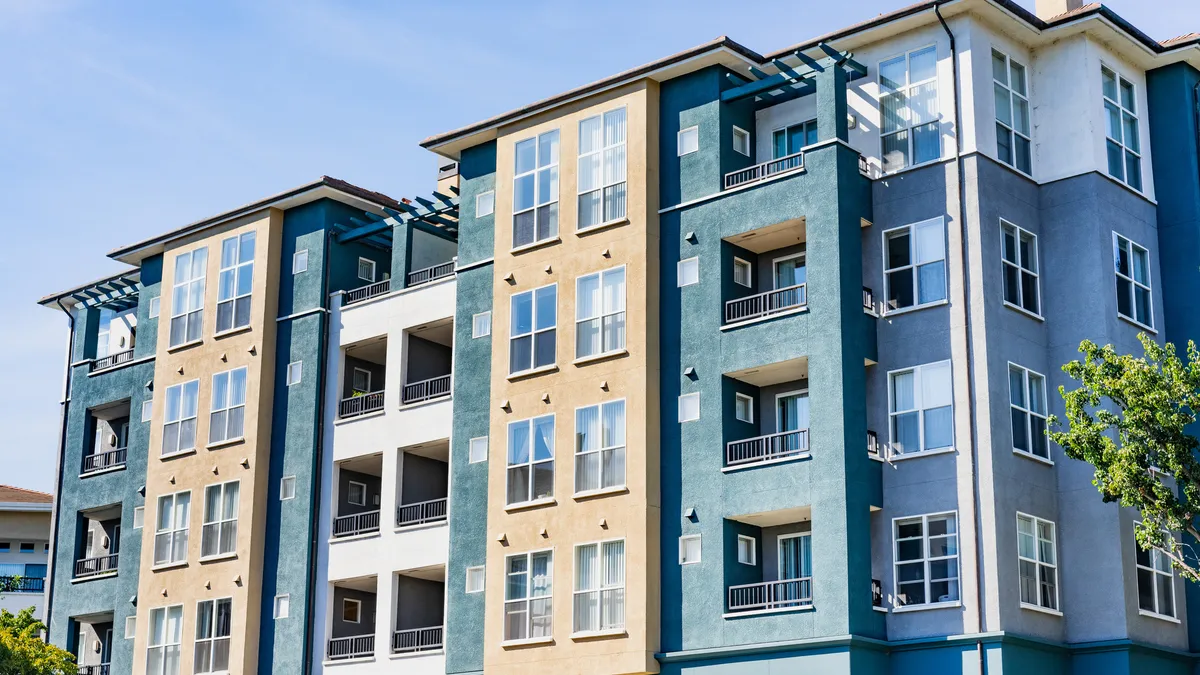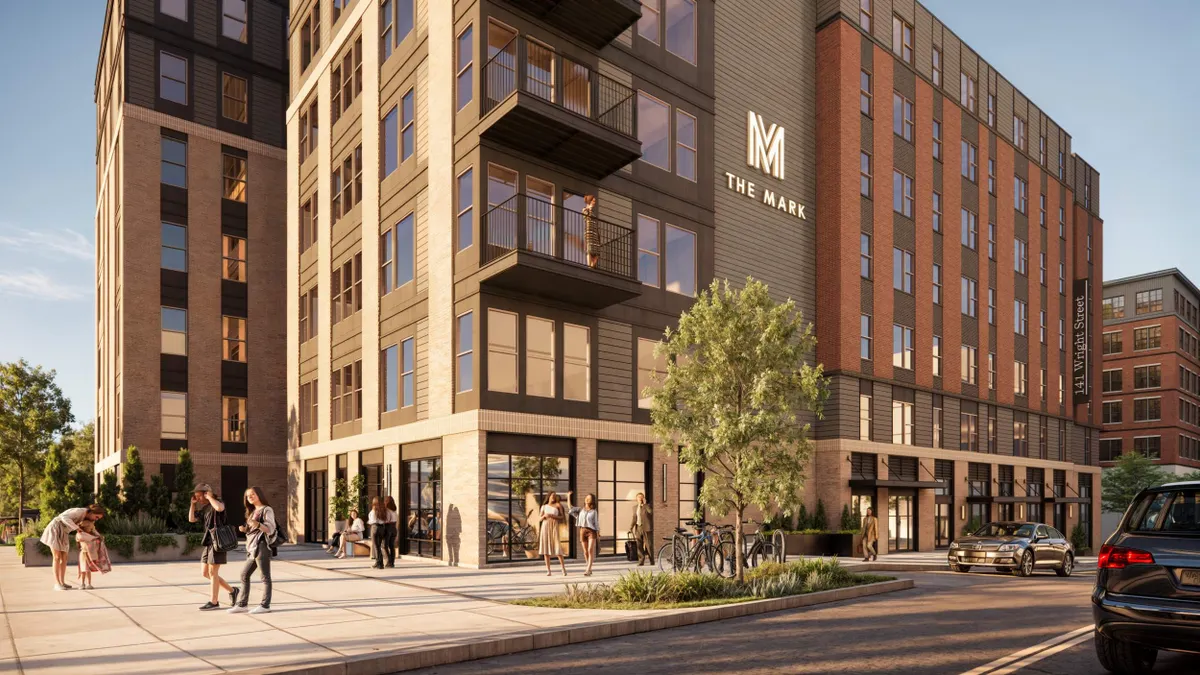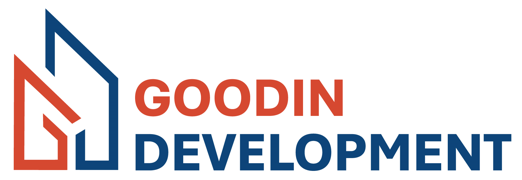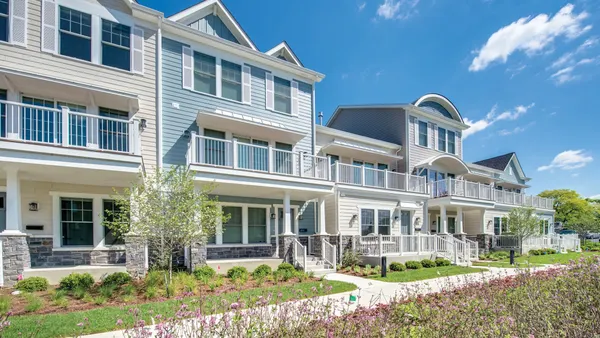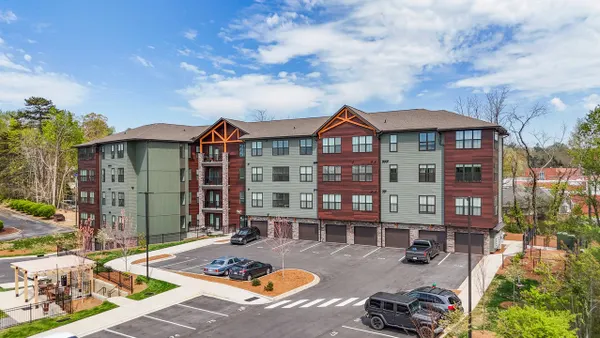Dive Brief:
- Apartment sales volume went up 13% year over year to $43.8 billion in the third quarter of 2025, according to a report that data firm MSCI Real Assets shared with Multifamily Dive. Distressed property sales rose 20% YOY in Q3.
- Sales of individual properties, a gauge of sector health, rose 21% YOY to $37 billion in Q3, making up 85% of total deals. At the same time, portfolio activity fell 19% to $6.8 billion, pulling down overall sales. No entity-level trades were posted in the quarter. The Real Capital Analytics commercial property price indexes for multifamily fell 0.8% YOY, according to MSCI. Cap rates have remained flat at 5.7% for seven consecutive quarters.
- The apartment sector has seen the most total investment of any commercial real estate segment during the first three quarters of 2025, posting more than 1.5 times the investment in industrial, according to MSCI.
Dive Insight:
Overall, mid- and high-rise sales in Q3 rose 16% to $19.5 billion. Garden property sales increased 10% YOY to $24.3 billion.
Robert Jue, CEO of an apartment and industrial property owner, told Multifamily Dive he has seen capital move from other sectors into multifamily since President Donald Trump’s tariff announcements earlier this year.
“It’s tangential, but there was a lot of money that was going into industrial that, post tariffs, turned off on industrial and has been flowing into multifamily,” Jue said.
That trend may have helped support multifamily transaction volume that was on par with the third quarters from 2013 to 2019 — before the pandemic and interest rate hikes upended the market.
Jue told Multifamily Dive that recent declines in borrowing costs should help further open the market. For instance, Standard secured a Freddie Mac loan at a sub-5% interest rate for the recent purchase of Fox Valley Villages, a 420-unit community in the Naperville/Aurora submarket of the Chicago metro area.
With borrowing rates now below cap rates in many instances, buyers can take advantage of positive leverage, making deals more likely to pencil out, according to Jue.
“In a lot of instances [over the last couple of years], it was hard to get positive leverage,” Jue said. “If you were doing a value-add deal, you were buying at negative leverage and trying to grow your way out of it. But now cap rates are the same — say, 5.25% to 6.25% — and you’re starting to go in at neutral leverage. So I think that’s starting to make sense to some investors.”
Click here to sign up to receive multifamily and apartment news like this article in your inbox every weekday.


